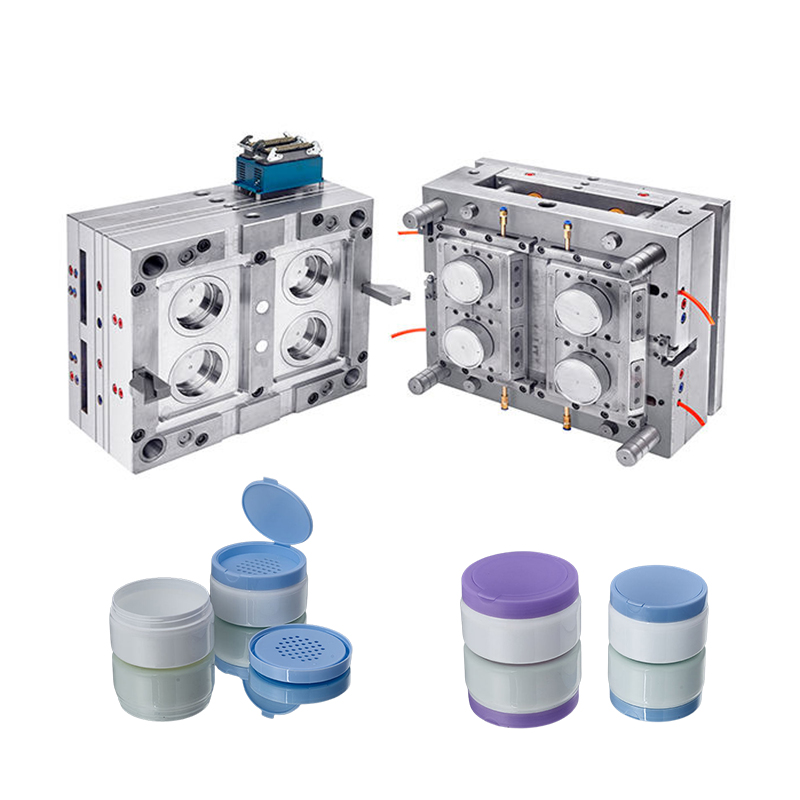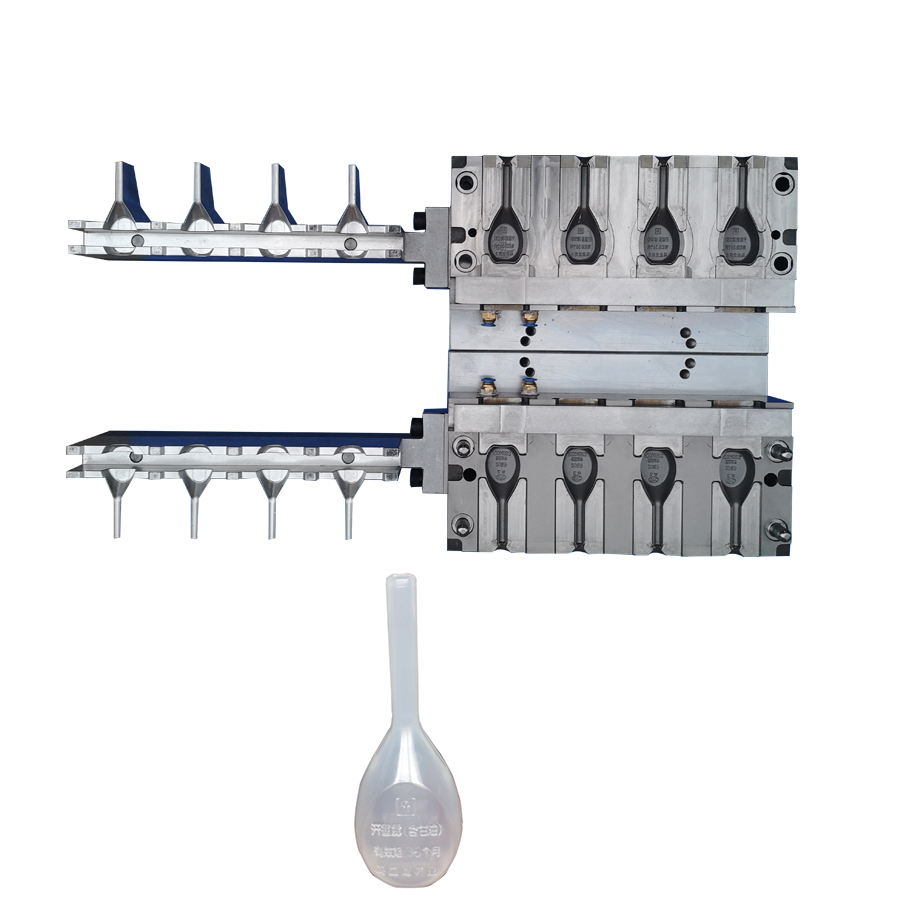By Ottmar Brandau, Apex Container Tech Inc., PET All Manufacturing Inc. June 28, 2023
When the injection gate of the preform ends up away from the centre of the bottle, the wall further from the gate becomes thinner and the one close to the gate thicker. Injection Molding Machine For Pet Preform

Off-centre gates are the bane of stretch blow molding.
When the injection gate of the preform ends up away from the centre of the bottle, the wall further from the gate becomes thinner and the one close to the gate thicker. This is because the material further from the centre has to travel further, thinning out in the process.
The reasons for this defect are well known:
There are two systems in place to guarantee rotation of the preforms:
In either case it’s important that the engagement of the gear is guaranteed over the entire oven length. But engagement cannot be too much, as pushing against the gear would put stress on the bearings, leading to premature failure.
A bottle with an off-centre gate.
In a typical setup on a continuous motion linear machine with passive rotation, the belt can be adjusted to push against the gears but should not push hard enough to cause side-stress against the bearing. Over time the bearings may slowly fail or be impacted by dirt or oil and some of the mandrels may not turn all the time. Or the belt has some slack in some parts, whereas it’s fine in others. This can be hard to spot, as the areas inside the oven where this happens may only be visible when certain covers have been removed. The result however, can be dramatic: When one side of the preform stays much colder than the other it can and will rip the gate vestige out of the base insert well even when there is one-millimeter interference between stretch rod and base insert. When the gate is nowhere near the centre of the bottle, the problem may be hard to find because the rotation may be inconsistent with only a few spindles only sometimes involved. This leads then to intermittent problems in possibly a number of cavities.
A similar problem occurs when the preforms “wobble” on the mandrels. This is often on machines where preforms travel upside down on simple mandrels whose diameter must be smaller than the smallest preform ID in order not to cause infeed jams. The wobbling preform receives more heat on some – always the same – parts than others, and the resulting temperature differences can also lead to the described problems.
Machines where preforms travel right side up must have better holders to prevent the preforms from falling down. As a side effect, these holders also make sure the preforms rotate evenly. There are a number of designs, most of which consist of three or four segments that have some elasticity to accommodate tolerances in preform IDs.
In summary, after you’ve checked every other possibility of off-centre gates, make sure your mandrels rotate concentrically and constantly through the ovens.

Blow Moulding Super Ottmar Brandau has been in blow molding since 1978 and is the author of five books describing both stretch and extrusion blow molding. Based in Markham, Ont., he is president of the consulting firm Apex Container Tech Inc. and PET All Manufacturing Inc., a machine distributor of blow machines of various types. He can be reached at obrandau@petallmfg.com.